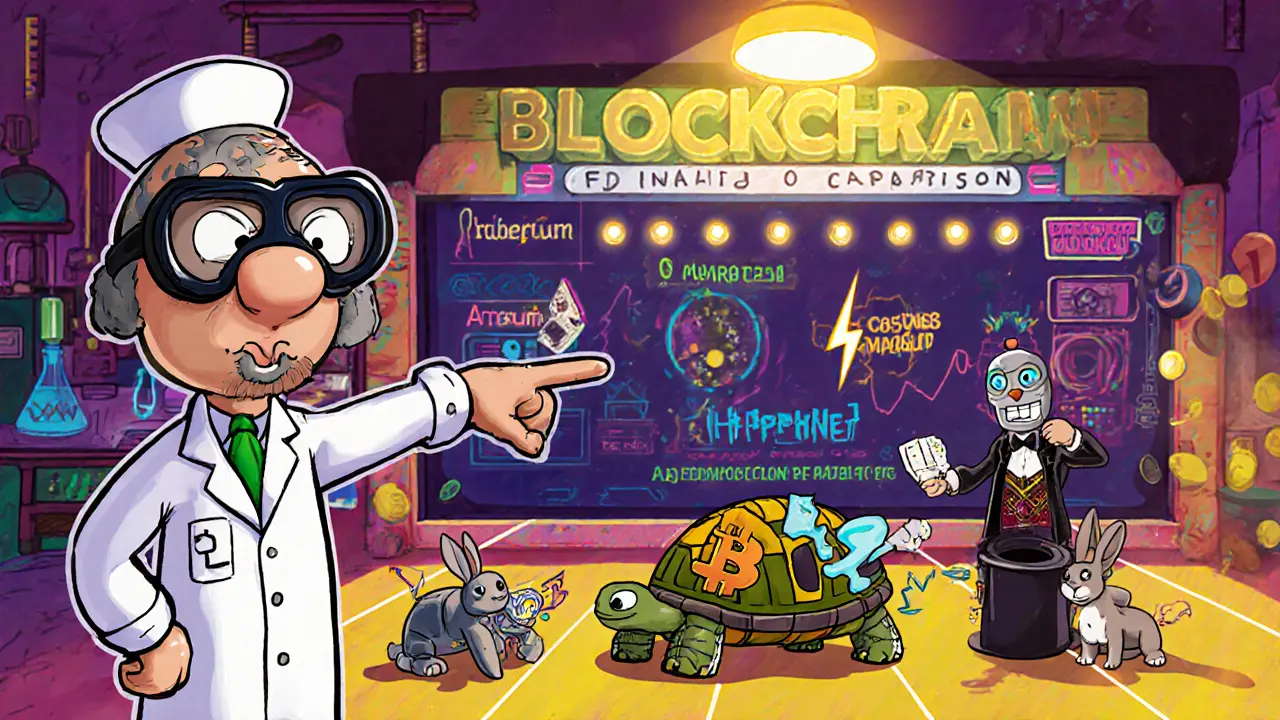Economic Finality: What It Means for Crypto and DeFi
When talking about Economic Finality, the moment a blockchain transaction is deemed irreversible and settled in economic terms. Also known as finality, it determines when you can trust that an asset truly belongs to you. economic finality sits at the heart of every DeFi trade, NFT transfer, and cross‑chain swap because without it, value can still be contested.
One of the most talked‑about variants is Fast Finality, the ability of a network to confirm transactions in seconds while keeping the risk of reversal low. Fast finality is prized by traders looking to execute arbitrage or liquidations before market moves. However, a quicker seal often means tighter consensus rules, which can raise the bar for security. Understanding this trade‑off is key for anyone building or using high‑frequency DeFi apps.
Behind every finality claim sits a Consensus Mechanism, the protocol rules that nodes follow to agree on the next block. Proof‑of‑Stake, Tendermint, and HotStuff each offer different guarantees on how fast a block becomes final and how resistant it is to attacks. Developers choose a mechanism based on the desired balance of throughput, decentralization, and finality latency. The choice directly influences transaction security and the cost of validators.
Transaction security is the third pillar that rounds out the finality picture. When a transaction reaches economic finality, it should survive even the worst‑case network splits or validator collusion. Security models often cite the "finality window"—the number of blocks after which a transaction is considered safe. Short windows boost user experience but can expose the system to advanced attacks if not backed by robust validator economics.
Why Economic Finality Matters for Your Portfolio
If you’re buying a token, staking an asset, or participating in a governance vote, you’re implicitly trusting the network’s finality guarantees. A sudden reorg can undo a trade, wipe out a staking reward, or even reverse a vote outcome. That’s why many DeFi platforms highlight their finality speed alongside yield percentages. By grasping how fast finality works, you can pick protocols that match your risk appetite—whether you need instant settlement for day‑trading or deeper finality for long‑term holdings.
The articles below dive into real‑world examples: from fast‑finality trade‑offs in popular blockchains, to token‑based governance systems that rely on on‑chain voting, and to security assessments of emerging Layer‑1 networks. Whether you’re a developer fine‑tuning consensus parameters or a trader looking for the safest swap route, this collection gives you actionable insights into the economics of finality. Explore the posts to see how speed, security, and governance intertwine in today’s crypto landscape.


